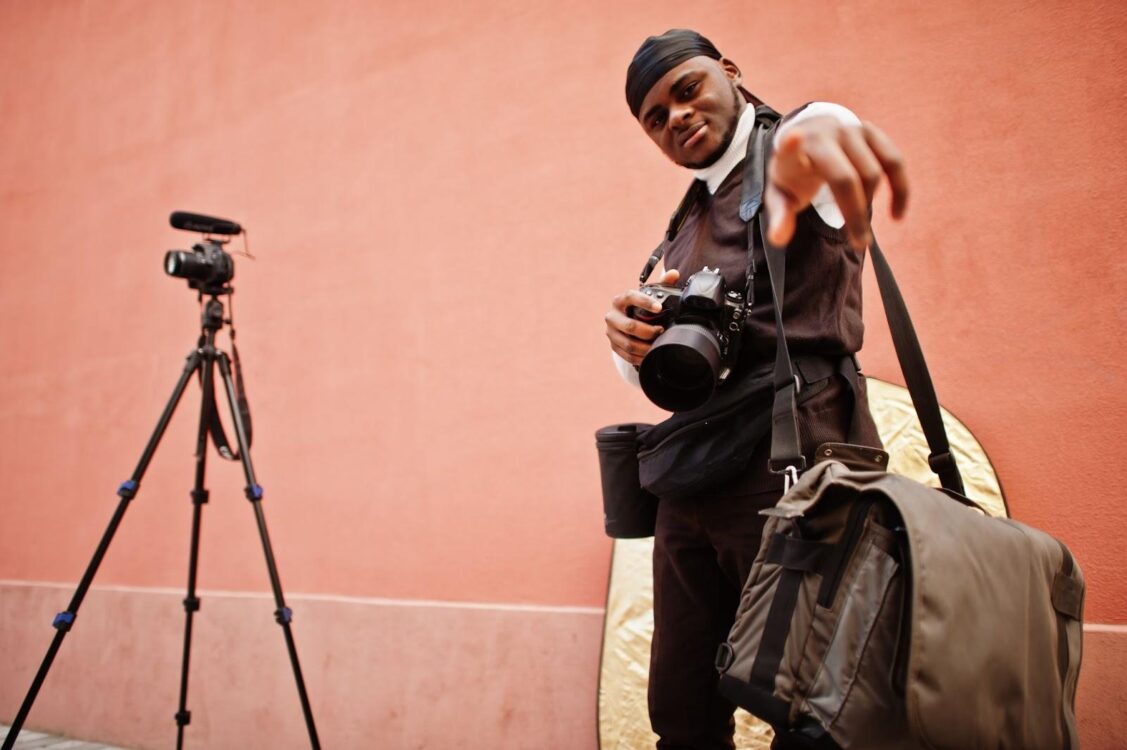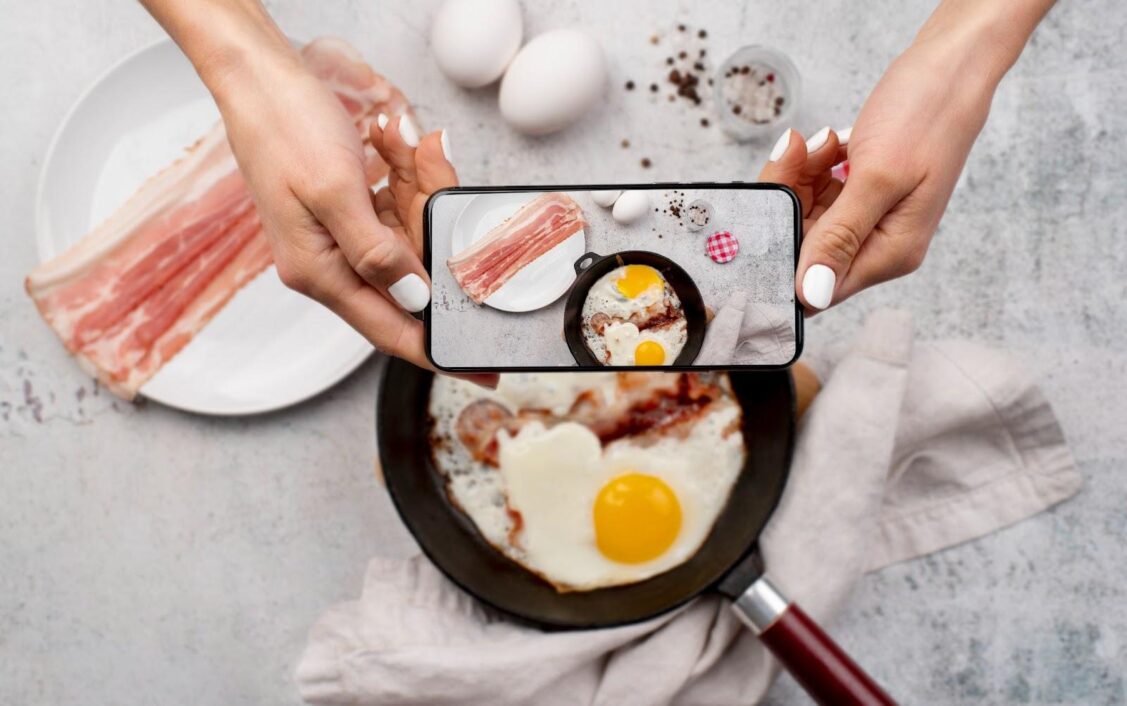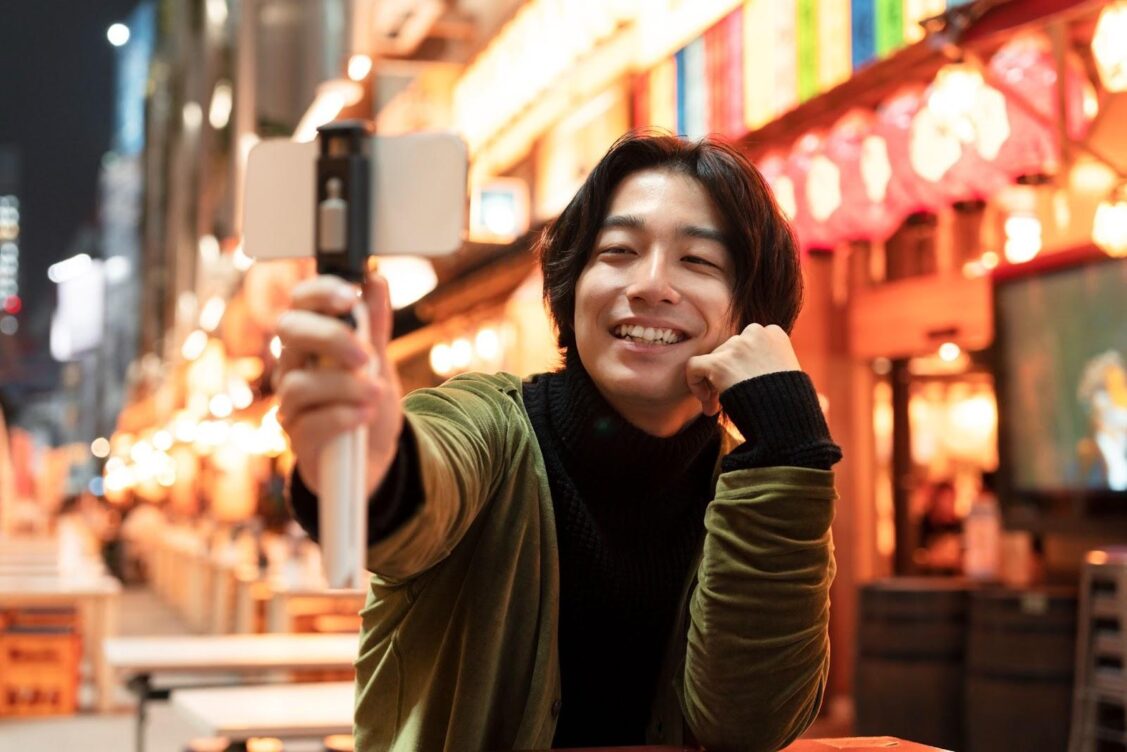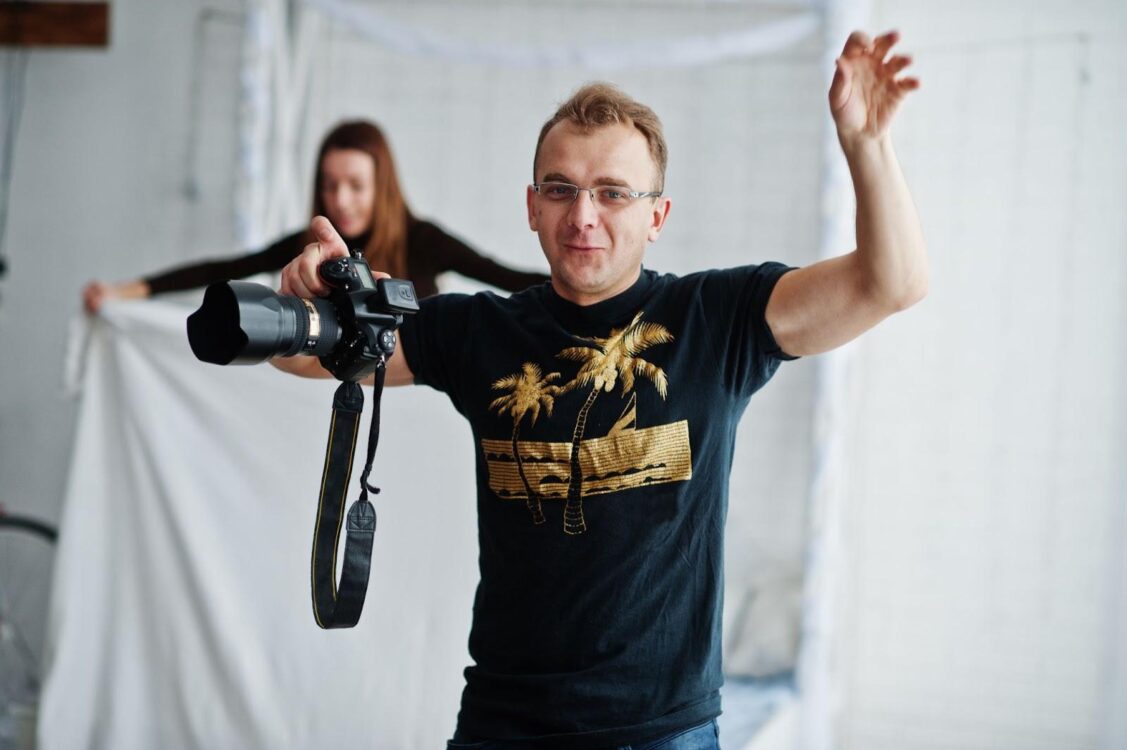Let’s admit that a smartphone with a built-in camera is a very convenient invention. In the “cell phones vs smartphones” battle, the latter always win. Particularly because smartphones have a mini camera that will help you capture all the significant moments of your life.
At the same time, the device is very compact and does not require additional financial costs. Not surprisingly, smartphones are increasingly used to take photos, and this trend will continue in the future. In 2020, 89% of the total number of photos were taken using a smartphone, in 2023 this figure will increase to 93%.
Does this mean that smartphones will also win the “phone camera vs digital camera” battle?
Well, the number of DSLR camera loads has been steadily declining since 2012. And yet, this type of camera is still highly regarded in the market and is popular with true connoisseurs of photography due to some irreplaceable and important qualities.
And if you hesitate between buying these devices, you should compare all the characteristics before making a final choice.
Convenience versus quality
We have already spoken above about such a meaningful characteristic as compactness.
In this parameter, a classic camera is much inferior to a smartphone. Modern mobile phones weigh an average of 6-7 ounces (up to 200 grams). And if you use this gadget for photography, you should take a charger with you just in case.
Meanwhile, a professional camera has a big “dowry”. It is stored in a special bag, which is similar in size and weight to a stack of books. Such a bag also usually contains batteries, a charger, an interchangeable lens, a backlight, etc. The total weight of the case can reach 4-5 pounds (several kilograms).
Why do photographers carry this with them? The answer to this question is one – to get high-quality photos. Because despite the rapid development of technology, cameras in smartphones cannot yet catch up with DSLRs in quality.

Megapixels in phone camera and DSLR
Here we smoothly move on to the next criterion – megapixels.
When it comes to capturing high-resolution photos, you should put your smartphone aside and pick up a DSLR. Because according to this characteristic, the camera of smartphones does not look successful.
If we take the most powerful smartphone cameras and the most powerful DSLRs for comparison, the megapixel count of smartphones will be several times lower. What’s more, even mid-range DSLRs can win this competition.
But even if we take two cameras with an equal number of megapixels, the DSLR will still give a better image. The secret here is the megapixel size. And this is vital! The large pixel size allows you to grab more light.
You must understand that the so-called digital noise is in the photos of both cameras. But the DSLR picture is sharper because the digital noise is dissolved into large pixels. Small pixels in smartphone cameras cannot absorb digital noise and make it invisible. As a result, pictures lose their clarity.

Lenses quality
Another technical feature, and again the DSLR wins here.
Perhaps this is the case when we do not need to give you complex explanations. Even visually, any user immediately sees and understands the difference between lenses in a smartphone and a camera.
Smartphone lenses are just tiny. Any DSLR has much larger lenses, not to mention you have the option of using an additional stronger lens.
The quality of the lenses also varies greatly, as some are made of plastic and others are made of glass.
Now imagine those amazing photos of an ant crawling on the grass next to a dewdrop. Or the head of a butterfly with the smallest villi. A smartphone will never take such macro shots for you.
You can say that you don’t need this kind of photo in everyday life. Okay, here’s another example for you. You are in a football stadium and want to take a picture of the goalkeeper during a match. What result will you get? Even with the maximum zoom, you are unlikely to be able to take a high-quality photo of your favorite player.
Here are just a few simple examples where the size and quality of the lens play a decisive role.

When the lighting is bad
Of course, any technical advantage only matters when the user knows how to apply it effectively.
If someone has a professional camera in their hands but does not know what the numerous options are for, it is better to use a regular smartphone with a minimum of simple settings. Especially, when it comes to difficult shooting, for example, at night or in contrasting light.
Of course, in this case, the result is unlikely to be good. Rather, the photos will be too dark or overexposed, fuzzy, or smeared.
Conversely, if you know how to work with a DSLR, it will be your salvation in any difficult situation. And playing with light will turn your pictures into real masterpieces.
How does a DSLR achieve success? Yes, quality lenses, larger sensors, better ISO options, and shutter speeds come to the rescue again.

Conclusion
So, who wins this “phone camera vs digital camera” battle?
There is no single answer. It all depends not on the cameras but on your needs, desires and capabilities.
If you do not have special requirements for photos and your comfort is more important than the white balance in the photo, the smartphone camera is perfect for you.
Very strong arguments here will be the cost of purchase and maintenance. Repairing a smartphone today is quite simple – just contact professionals such as Repairs Bay, and you will quickly get your phone back in working condition. There are far fewer specialists who can repair DSLRs.
Also, a smartphone usually costs much less than a DSLR and, at the same time, has many other useful functions that will be useful to you in everyday life – from a flashlight and a clock to navigation and Internet access.
A digital camera does not have such wide functionality. Its main task is to create photo and video content. Are you willing to pay solid sums just for this? Realistically assess your needs.
Perhaps, it will be quite enough for you to have ordinary photos taken in a hurry for your Instagram. And when you want to surprise your subscribers with more refined, original and high-quality pictures, you will turn to professional photographers who, without any doubt, will use DSLR in their work.

